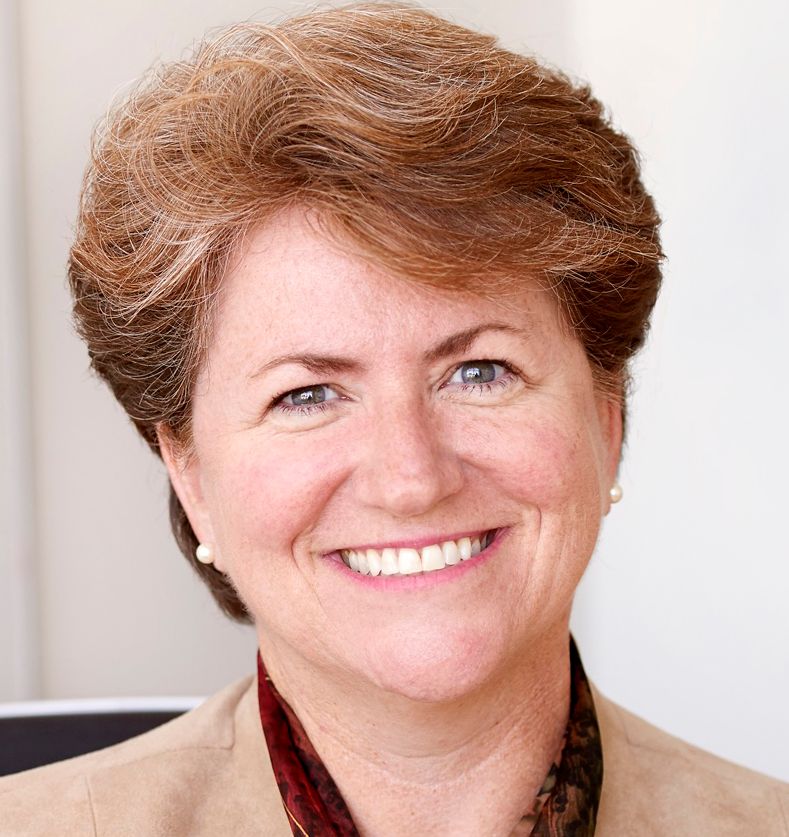Strategies for Capturing Consumer Attention for Better Digital Engagement
According to Pew Research, 96% of Americans own a cell phone and 81% have a smartphone, which are the devices they use to communicate and access information on a daily basis.
Ellen Harrison, RN, MBA

It has become more difficult to engage healthcare consumers in a meaningful way, such as motivating them to act or to shift certain behaviors. Generally, healthcare organizations, such as providers, payers, and government agencies, attempt to improve methods of engagement based on behavioral theories and motivational tactics. However, they may overlook the first step of the process: capturing consumers’ attention.
Today, an effective health engagement strategy must have a mobile component. According to Pew Research, 96% of Americans own a cell phone and 81% have a smartphone, which are the devices they use to communicate and access information on a daily basis. Furthermore, according to the CDC’s National Health Interview Survey, more than 60% of U.S. households have cut the cord and are wireless only. By adopting strategies that cater to a mobile-dependent environment and ensuring the first step of the engagement process is successful, healthcare organizations will better reach their consumers to achieve more meaningful and increased consumer engagement.
Three Best Practices for Capturing Consumer Attention in Digital Age
First, use mobile call branding.In today’s digital age, the copious amounts of illegal robocalls, phone scams, and caller ID spoofing has made people weary about answering calls from unknown phone numbers, leading to more missed calls, including those that are legitimate and important. With mobile call branding, the caller's name and sometimes the reason for calling is displayed to the recipient on their cellphone, which helps encourage more calls to be answered when identified as a healthcare-related message.
Second, use regulatory COVID communication exemptions. In March 2020, the FCC issued a declaratory ruling stating that the pandemic constitutes an “emergency” under the Telephone Consumer Protection Act (TCPA). As a result, specific COVID-related calls and text messages from health plans, hospitals, physicians, pharmacies and government officials were made exempt from the TCPA, allowing healthcare organizations to lawfully communicate through automated or prerecorded calls, and through text, about COVID-19-related information to healthcare consumers during the emergency period. In addition, this exemption is an opportunity to capture consent by asking individuals to opt-in to receive future communications about relevant healthcare needs and services.
The relaxed communicative protocols between healthcare organization and patient have been pivotal in ensuring that Americans get timely and accurate information about COVID-19 safety, health benefits and vaccinations over the past year and a half. As part of your health engagement strategy now and moving forward, it is good to keep in mind that in some cases, a text or email message can feel less abrasive and more welcomed by the consumer than a phone call. However, since these digital channels aren’t always fully secure, deciding whether a message is sent in writing or over the phone should in part depend on the type of information being shared.
Third, explore mobile applications for secure information sharing. In healthcare, it is always a priority to make sure that personal health information is transmitted securely when being shared digitally. One way to support safe information sharing is by using a secure digital channel or consumer-facing application developed for, or by, your organization. By requiring that patients and members log into a secure website or application to access web-based health information from their smartphone, tablet or computer, the provider can easily engage their target patient populations with messages, including those containing more sensitive information, and patients can securely access all the information they might need at their leisure. Having access to their health information and to their providers allows patients to stay engaged in their healthcare journeys, from receiving reminders for appointments to reviewing information to support medication adherence at home.
Today’s digital dominant, mobile-centric world demands a multi-pronged approach to successfully capture and keep consumer attention to achieve valuable engagement between provider and patient. Besides simply cutting through the noise of the countless messages and notifications sent to cell phones each day, healthcare organizations must also navigate complex regulatory hurdles to stay compliant. Now more than ever, effective healthcare engagement can serve as a lifeline for patients. As more healthcare moves online and to virtual platforms, we must evolve our current processes and systems to ensure providers are able to meet patients wherever they are and get them the resources they need for better patient outcomes.
About the Author
Ellen Harrison, RN, MBA, is the senior vice president of Operations & Market Strategy at HMS, where she’s focused on the company’s Population Health Management product portfolio. She brings over 25 years of experience in strategic planning, managed care operations and consulting experience with demonstrated results leading teams to build and redesign health care solutions, provider incentive systems and developing successful quality, cost and utilization improvement programs for commercial, government and senior populations.
Newsletter
Get the latest hospital leadership news and strategies with Chief Healthcare Executive, delivering expert insights on policy, innovation, and executive decision-making.